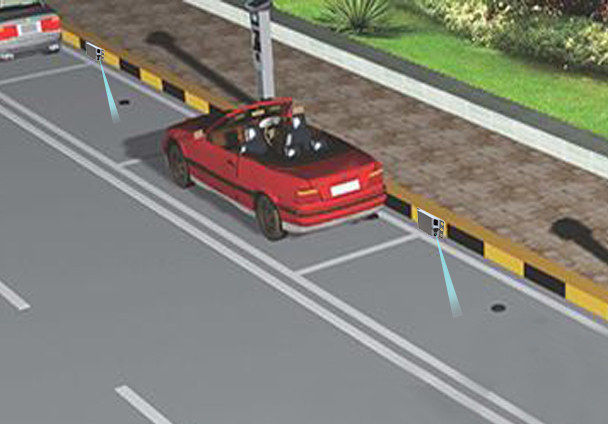In modern cities, managing parking efficiently has become a significant challenge. They provide solutions that enhance the management of smart parking lots through precision sensing technologies. Their products are designed to monitor parking occupancy in real time, ensuring smooth vehicle flow and reducing congestion in busy urban areas. By deploying these sensors, parking operators can gain accurate data on space availability and improve overall operational efficiency.
Enhanced Detection for Efficient Management
The technology offered by Benewake allows smart parking lots to detect vehicles with high precision. Their sensors are suitable for various outdoor and indoor parking environments, ensuring that spaces are reliably monitored even under challenging conditions. This level of accuracy supports better decision-making for parking management, allowing operators to allocate resources efficiently and minimize idle spaces. These solutions also help in integrating automated guidance systems that direct drivers to available spots, enhancing the user experience.
Real-Time Data for Smarter Operations
With the increasing need for data-driven management, Benewake enables operators of smart parking lots to monitor occupancy and usage trends in real time. Their sensors provide continuous information to dashboards and monitoring systems, helping managers make informed decisions quickly. This approach supports operational efficiency, assists in planning future expansions, and allows better allocation of resources. By leveraging these advanced sensors, operators can ensure reliability while offering a seamless experience for drivers.
Conclusion
Overall, Benewake’s solutions for smart parking lots demonstrate the value of combining precise sensing technology with practical applications. Their roadside parking management system, which integrates IoT, cloud computing, and intelligent sensors, relies on equipment such as Curbside Machines, Parking Meters, and Video Posts. By installing Benewake LiDAR, the system can detect vehicles in real time, monitor entry and exit through distance measurements, trigger cameras to capture license plates, and support accurate timing and cost settlement. The combination of LiDAR and cameras, together with integrated system algorithms, achieves detection accuracy of up to 99%, while also reducing camera wake-up frequency, lowering backend processing load, and cutting overall power consumption. These capabilities improve fee collection rates, reduce maintenance costs, and enhance energy efficiency, further demonstrating how their products enhance urban parking management and create a smoother experience for operators and users alike.
